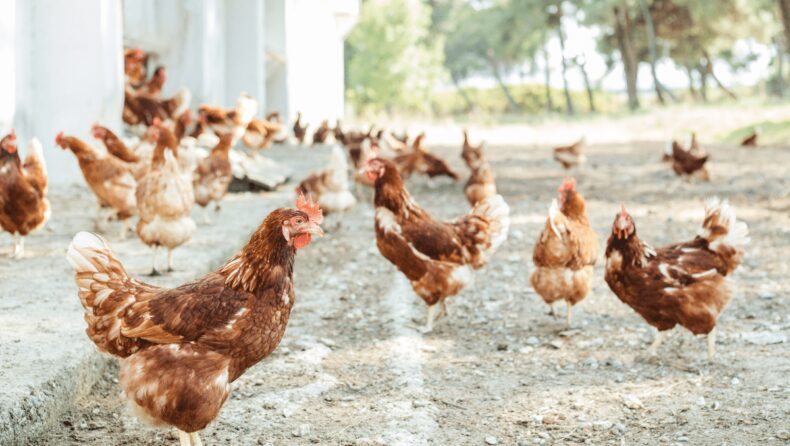Table of Contents
With the rising cases of bird flu all over the world, are people facing the fear of a second deadly pandemic? This has become a major fear in the minds of people, especially after the major outbreak of H5N1 avian influenza which started in 2021 and has led to the culling of millions of commercially raised poultry and the killing of thousands of wild birds. Scientists are mainly concerned in relation to its infectivity in humans.

Should People Worry?
The virus H5N1 was first discovered in a goose in China in the 1960s, and since then it has spread to many other types of poultry. Even if one bird is found affected with this bird flu virus on a farm it leads to the culling of the whole bird population of the farm. The mortality rate with this bird flu virus is very high in birds. Even if they don’t die, they usually suffer severe symptoms.
Less than 900 cases of H5N1 infecting humans have been documented in all the decades. But the worrying thing is that almost half of these individuals died from it making its mortality rate close to 50%, which is quite high as compared to Covid 19 has a mortality rate of less than 5%. If in the future, there is an H5N1 bird flu viral spill it can be detrimental to human health.

Presently, there is no need to panic as only a handful of cases with human-to-human spread have been documented. Most people got H5N1 through close contact with their domestic birds or by working in commercial poultries.
Effects of Bird Flu on Human Life.
As was mentioned above, with only a few birds testing positive for H5N1 the whole stock of birds is killed. This leads to an increase in the prices of eggs and meat. Bird flu affects the lifestyle of many humans especially those dependent on eggs for survival. Many poultry farmers are forced to apply for bankruptcy to avoid this economic purge.

The H5N1 affects not only the birds but many mammals like pigs, skunks, black bears, leopards, opossums, bobcats, coyotes, ferrets, fisher cats, foxes, and sea lions. Some of these mammals are on the brink of extinction. This much spread between mammals is confirming its ability to mutate. This is to say that the day is not far when human-to-human transmission of the bird flu virus will be rapid and deadly.
As it is spreading to various other countries rapidly, it is undergoing genetic changes more rapidly. This type of spread needs to stop. Many governments like the USA are trying to vaccinate poultry animals but it is not proving that effective due to the genetic variability of the H5N1 virus.
How is it spread?
H5N1 infection in birds is such that it affects the gastrointestinal tract mainly. So, the virus is spread predominantly when they defecate in water bodies. Whereas when this virus affects humans it is mainly a respiratory infection. So, it will be spread mainly through droplet inhalation which is released when the infected person coughs, sneezes, talks, or even breaths. Consecutive mutations are becoming more severe in their presentation. For example, H1N1 spreads easily but rarely fatally whereas the recent mutation H5N1 spreads slowly but fatally.

The spread of infection is very rare but not impossible. Many of these infections have only occurred when they handled the birds without any masks or gloves.
Why Vaccines Are Not Successful?

There have been many attempts to make a vaccine for H5N1 for poultry especially. But this has not been fruitful due to various mutations in the infecting virus. There is at least one mutation in every new outbreak of the H5N1 virus. This makes the vaccine ineffective as the component used to make the vaccine is commonly mutated. And it is not feasible to make vaccines every new season and vaccinate the whole world population. This characteristic of the H5N1 virus may make it a dangerous virus in the upcoming future. Still, attempts are being made to make the vaccine.
CDC has released a guideline to avoid H5N1 and other variants of bird flu virus.













